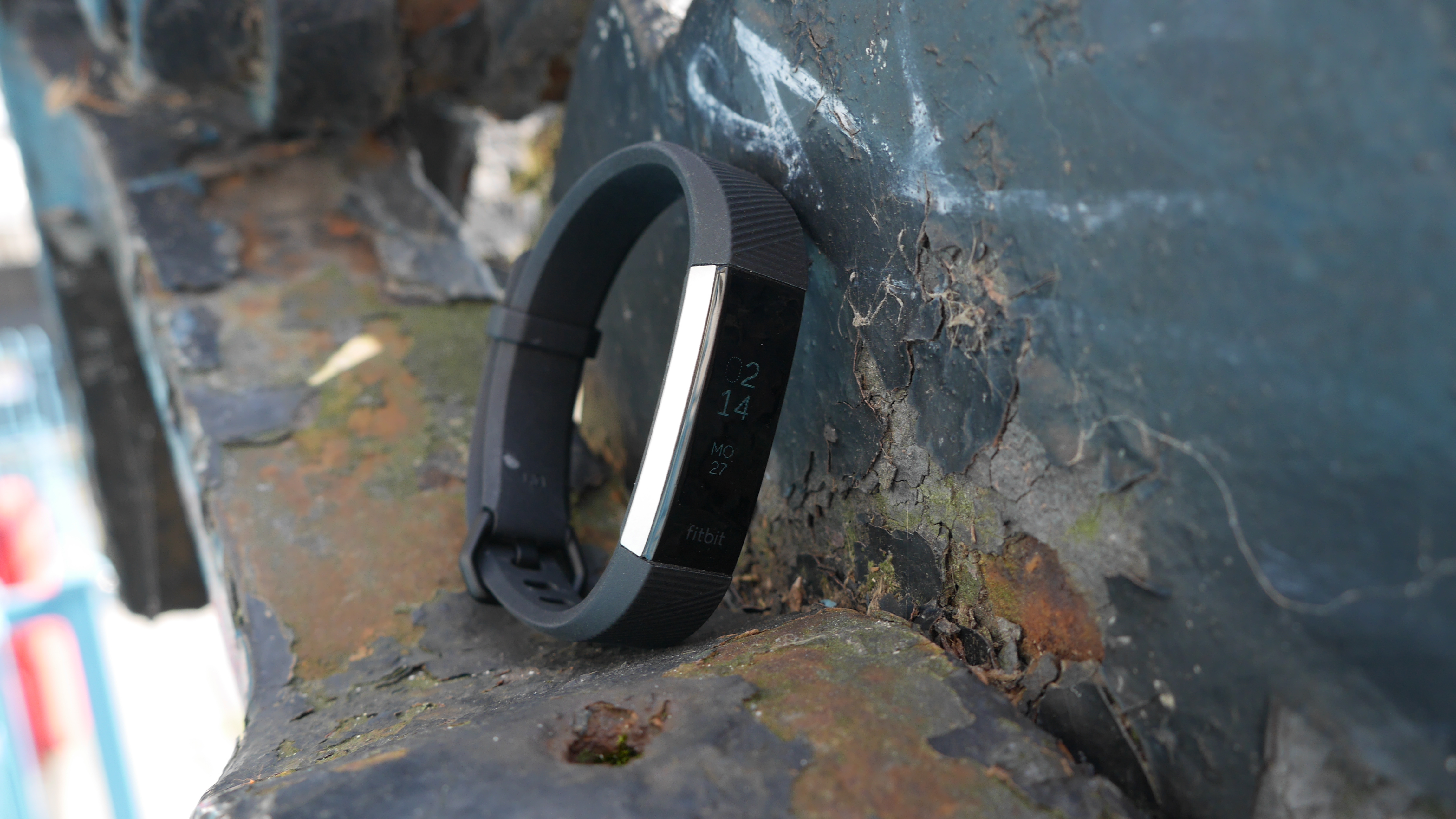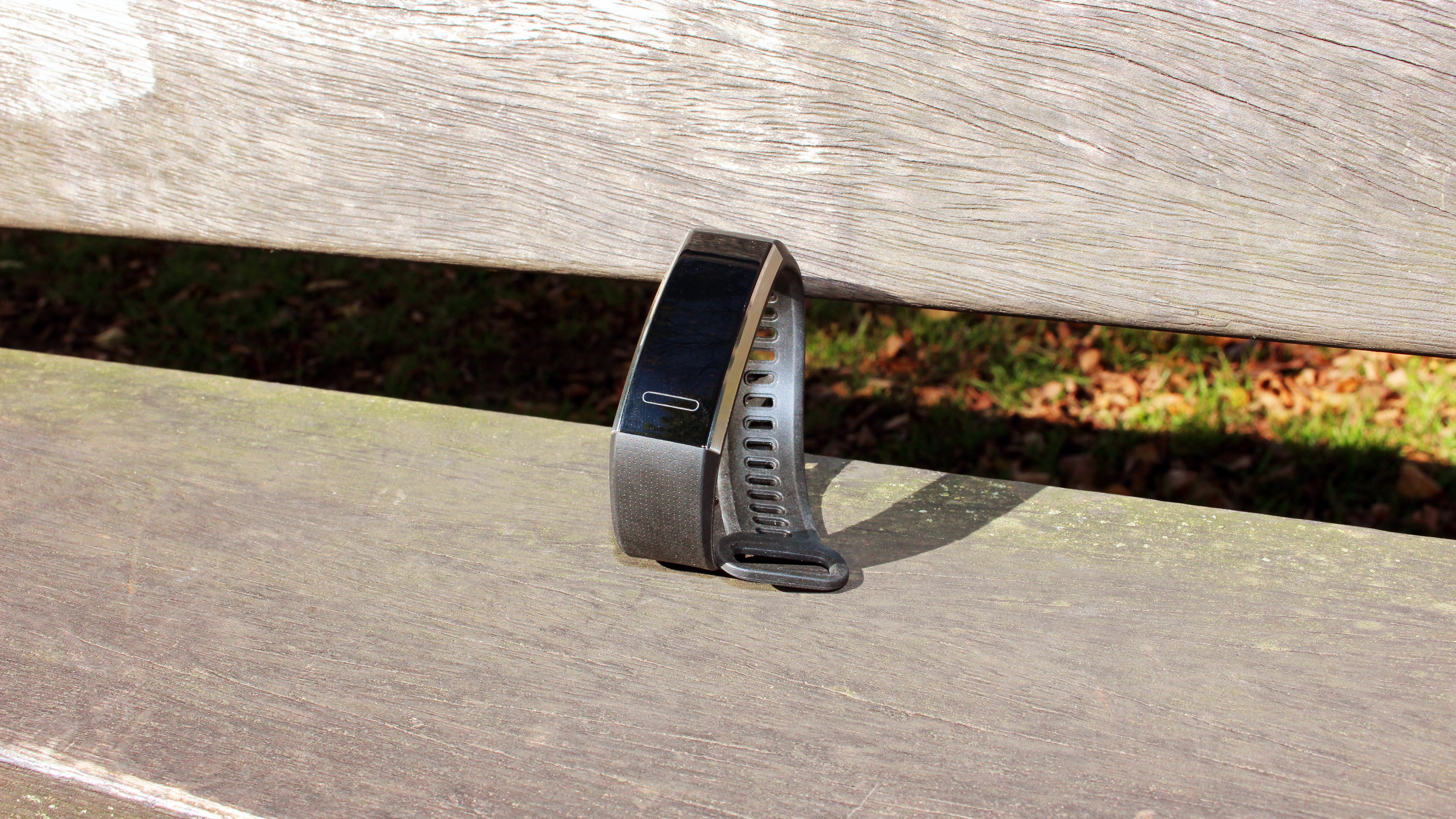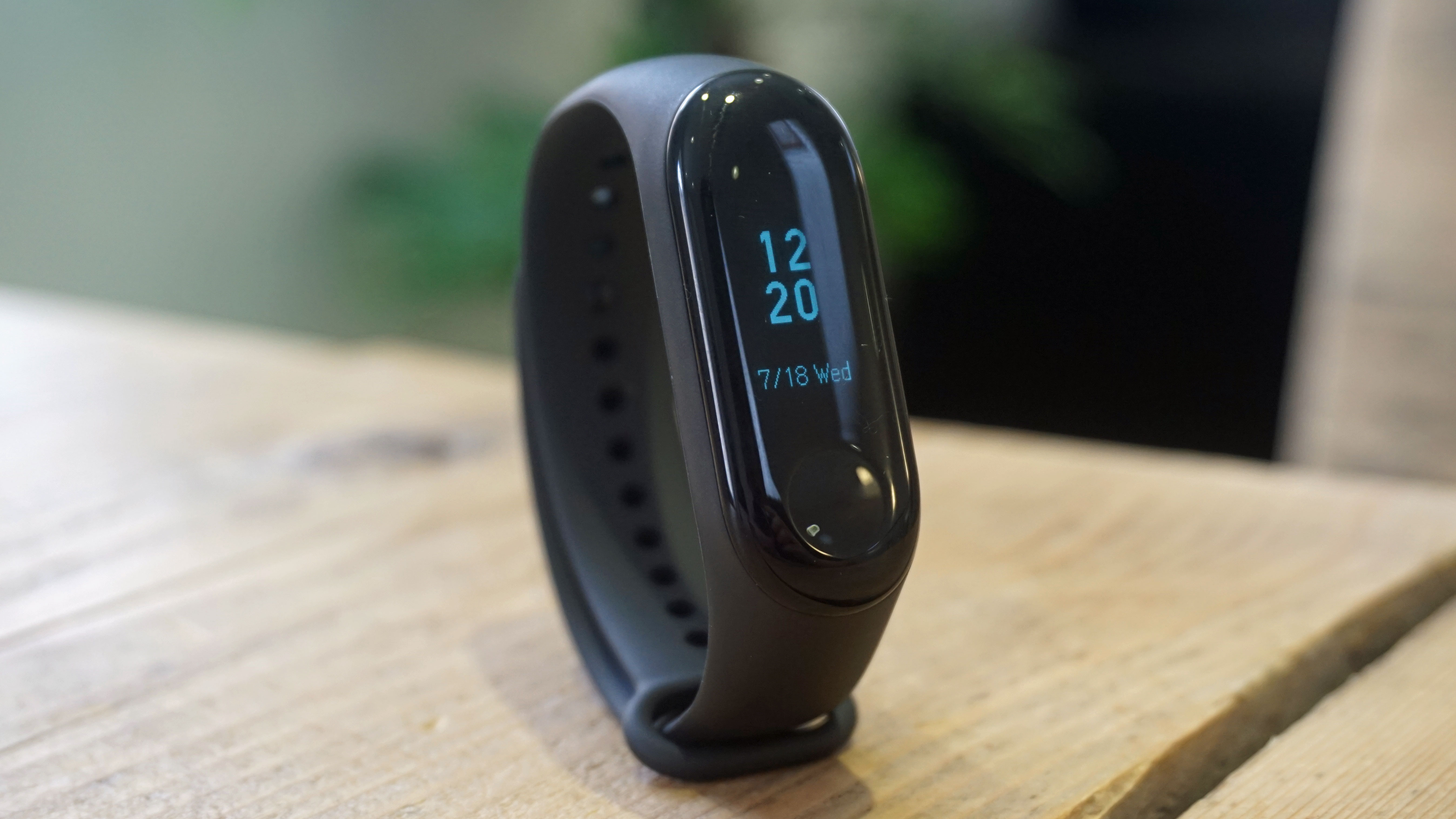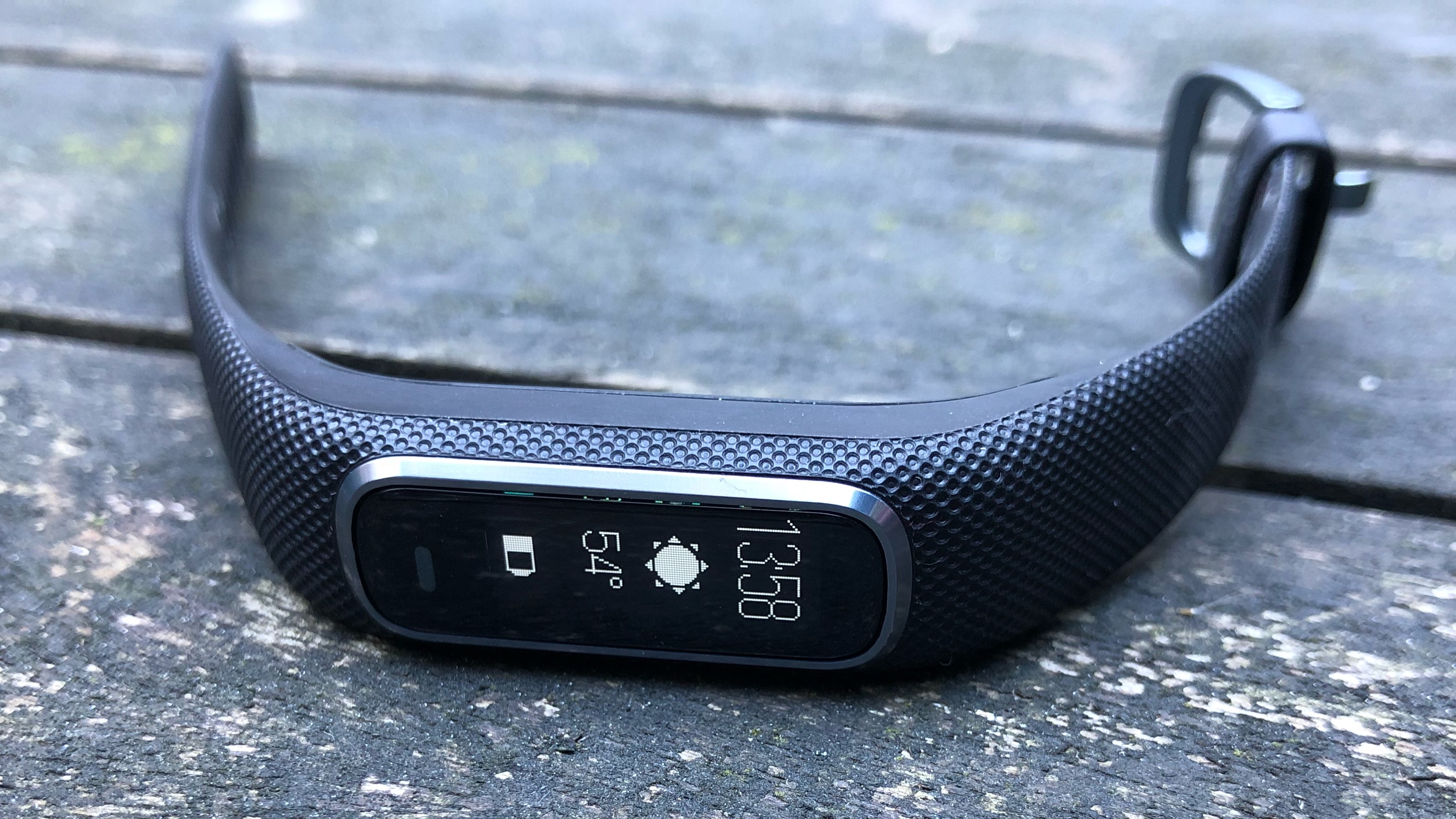Why you can trust TechRadar
Verdict
On paper the Garmin Vivosmart 4 tracks a lot of the same things other activity trackers do.
But thanks to the added Pulse Ox sensor, stress features, heart rate tracking and Body Battery, it feels like you can actually learn and do much more with the data, and focus on well-being and safeguarding against burnout rather than just tracking your fitness.
Although tracking of everything is excellent and easy-to-read, from fitness to Body Battery to blood oxygen levels, there isn’t enough insight or personalization for the layperson just yet.
You really have to know what you’re looking for from a heart rate or pulse perspective, which is probably fine for most Garmin users, but if this device is meant to be for a wider, more consumer-friendly audience it might need some added insights and personalization soon.

Its design is great, slim and subtle. Its small screen is necessary to keep the form factor small, but could be too small for some people. We certainly found it irritating to use at times, especially when it got wet in the pool.
Those tempted by a big, bold smartwatch screen should definitely look elsewhere because this couldn’t be further from the bright, crisp screens of the current crop of Wear OS watches.
Overall it’s great to see Garmin further push its more affordable, everyday wear devices to bring a wide audience way more insights. We really liked the added sensors, being presented with well-being info and checking in on the Body Battery feature, which genuinely helped us to change our routine for the better.

Who’s this for?
Although it has mass appeal with its slim form factor and easy-to-use app, we imagine it will most appeal to those who work out regularly, but aren’t serious about training hard or collecting data with pinpoint accuracy.
Instead it’s for those who exercise and those who want to learn more about not just their fitness levels, but their overall well-being. If you’re drawn to the bright screens and fancy apps on offer from smartwatches, this one won’t be for you.
But if you want a subtle design that will see you through from the pool to the pub and tell you how your body is doing every lap, length and step of the way, this might be your new favorite tracker. Just be prepared to do some reading around heart rate and blood oxygen levels.

Should you buy it?
If you want apps, a big screen, lots of functionality and NFC payments, go with a smartwatch. If you’re not sure whether you even want a tracker, opt for one of the super affordable options instead to try them on for size.
However, if you’re looking for a slim and capable tracker that will keep tabs on your fitness, as well as your overall health, this is well worth the money and isn’t likely to break the bank to give you those valuable insights.
First reviewed: October 2018
Competition
If you’re not sold by the Garmin Vivosmart 4, check out one of these trackers that offer similar functionality but are made for a slightly different person.
Fitbit Alta HR

The Fitbit Alta HR looks similar to the Vivosmart 4. It has a slim design, small screen and packs a lot of fitness tracking tech into its small frame. Like the Vivosmart 4 it also keeps tabs on fitness, heart rate and provides excellent sleep insights.
It’s also worth mentioning the newly-released Fitbit Charge 3, which we haven’t had a chance to fully review yet, but which could also be a solid competitor.
It’s a step up from the design of the Vivosmart 4 and Alta HR in some ways given that it has a larger, easier to read screen, but that comes with a chunkier look.
Read our full Fitbit Alta HR review
Huawei Band 2 Pro

This sleek-looking wearable has a lot packed into its slim frame, including heart rate monitoring, VO2 max, GPS, step and sleep tracking and a seriously impressive battery life.
The slim screen makes it subtle and it goes with everything, but like the Vivosmart 4 it’s not always easy to read. It’s an entry-level device because the stats aren’t always super accurate, but it’s great for those who are taking their first steps into fitness tracking.
Read our full Huawei Band 2 Pro review
Xiaomi Mi Band 3

One of the most affordable trackers available at the moment, the Xiaomi Mi Band 3 is great value for money as it can track your activity, steps and sleep and has a built-in heart rate monitor. It also lasts around a month on a single charge.
The main thing it’s lacking is GPS, so you won’t be able to track running or cycling without your phone. The design is rather simplistic too with a screen that doesn’t always look great in certain light. But if you’ve got a small budget or aren’t sure whether fitness tracking is for you, it’s a no-brainer.
Read our full Xiaomi Mi Band 3 review
Becca is a contributor to TechRadar, a freelance journalist and author. She’s been writing about consumer tech and popular science for more than ten years, covering all kinds of topics, including why robots have eyes and whether we’ll experience the overview effect one day. She’s particularly interested in VR/AR, wearables, digital health, space tech and chatting to experts and academics about the future. She’s contributed to TechRadar, T3, Wired, New Scientist, The Guardian, Inverse and many more. Her first book, Screen Time, came out in January 2021 with Bonnier Books. She loves science-fiction, brutalist architecture, and spending too much time floating through space in virtual reality.

